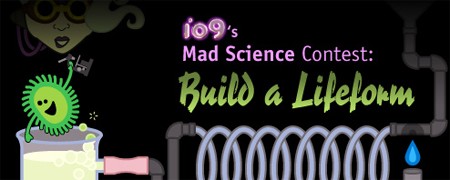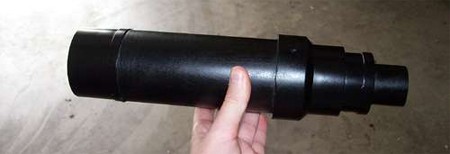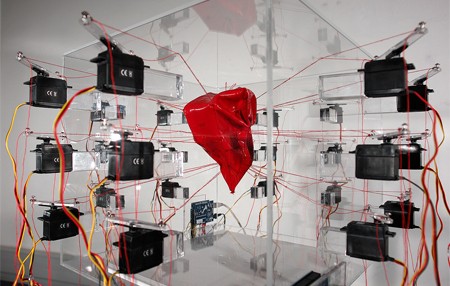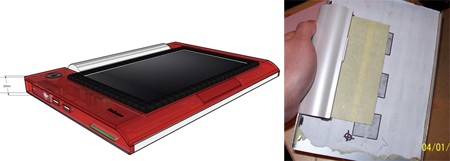
Whether you consider yourself a bona fide mad scientist or you simply think your horrifying mutant creations are misunderstood, you’ll want to enter io9’s Build a Lifeform contest.
The contest doesn’t require any actual primordial soup, just a concept of a synthetic lifeform you think would be useful or interesting. There are two categories with different prizes for each one. The first category asks contestants to use the BioBricks registry of standard biological parts to design a lifeform that could be created in a lab. Descriptions of how it would be made, what it would do, and potential hazards in creating it must all be included with the entry. The winner of this category will recieve an all-expenses-paid trip to the Synthetic Biology Conference in Hong Kong in October.
The second category is more focused on creativity, asking for the same descriptions as the first category without any BioBricks data. While this is the more speculative category, proposed lifeforms must still be plausible to create using current technology. The prize is $1000 and a signed drawing of your lifeform rendered by “a cool comic book artist.”
Both categories offer pretty good loot for your concepts, just be sure they’re more original than an esquilax if you intend to win.
For the background on BioBricks, check out [Drew Endy]’s Hacking DNA talk from last year. He’s one of the judges for the contest.


















